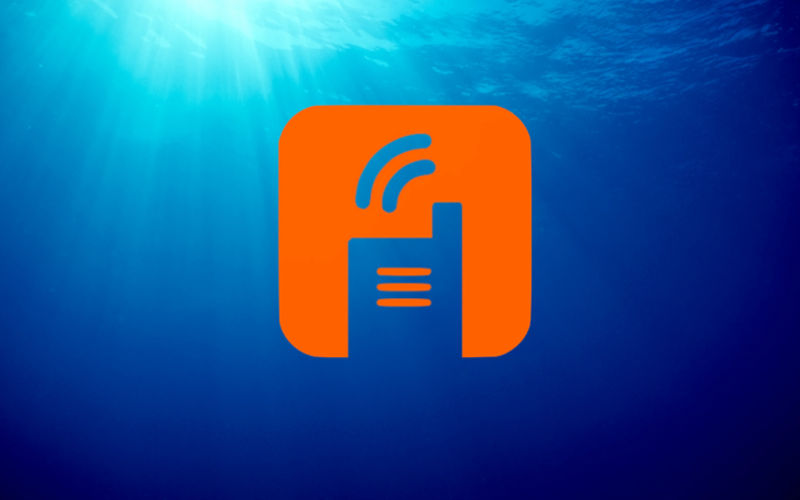Voxer is a popular push-to-talk / walkie-talkie application that primarily serves the enterprise, but also has a consumer solution, all accessible via one unified application on Android, iOS, and Windows Phone.
TruTower spoke with Voxer President Irv Remedios recently about Voxer’s thoughts on the new voice features in Apple’s iMessage found in iOS 8. Simply put, though Voxer is happy to see voice as a more popular alternative to text for communication, something Voxer has always held near and dear to its heart, iMessage’s solution, like so many others, is a record, then send, download, and playblack solution. In other words, it’s not an instant form of communication like Voxer’s voice solution.
Voxer is being used as part of NASA’s NEEMO mission
Then the next big question: how about using Voxer in space? Well, as it turns out, the NASA Extreme Environment Mission Operations project (NEEMO), a mission that sends scientists, engineers, and of course astronauts to live in Aquarius, is using Voxer for primary communications and for potential use in future exploration missions, including trips to Mars.
Aquarius is the world’s only undersea research station. Its purpose is to simulate space exploration conditions for field tests of new technologies and systems. To that end, and to simulate how “real-time” communications would work over the great distance between Earth and Mars, Voxer implemented an artificial delay of between three and twenty minutes. During a demonstration with NEEMO 18, Voxer was able to ensure messages were delivered according to the simulated time intervals, creating a realistic experience for NASA personnel.
“This engagement with NASA is a milestone project”
“This engagement with NASA is a milestone project that demonstrates our ability to create products specifically designed for the most demanding conditions and mission-critical uses,” said Jim Panttaja, Head of Corporate Development at Voxer. “NEEMO is an incredibly impressive operation with far-reaching benefits and we are very pleased to be a part of it.”
Voxer says it’s being used by NASA because of a flexbility that allows it to be used across a wide range of networks, devices, and operating systems. At Aquarius, it must (and does) work via a “buoy that is being buffeted by 15 knot winds and six foot seas.” Additionally, Voxer is compatible with headsets for discreet communications, a benefit when users are in crowded conditions or need their hands free. Unlike live-only radios, all Voxer communications can be simultaneously recorded, so users can play messages back or archive audio for their records.
So will we be using Voxer in space? Voxer will be continuing to work with NASA on future implications, so it’s a distinct possibility. Personally, I’d like to engage in a conversation with an astronaut aboard the International Space Station.
image: Voxer

